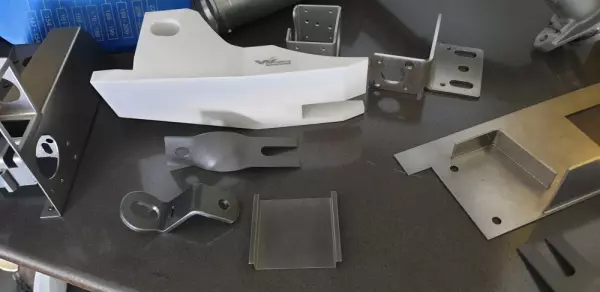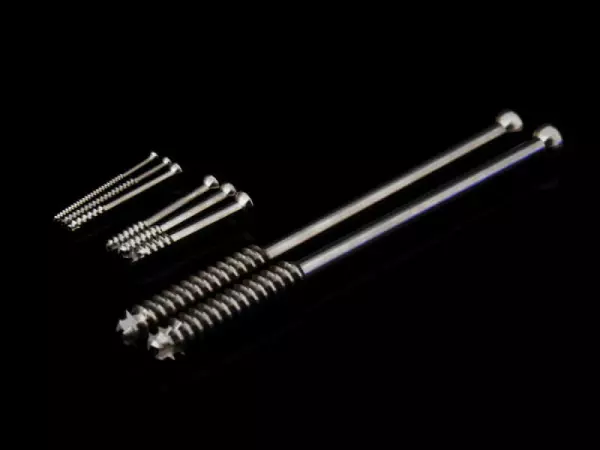
Your precise partner for metal and plastic...
WEIHBRECHT Lasertechnik GmbH was founded in 1986 with the Swabian inventor's claim “If it...
Portal and digital medical technology fair of the largest MedTech cluster in Germany

Your precise partner for metal and plastic...
WEIHBRECHT Lasertechnik GmbH was founded in 1986 with the Swabian inventor's claim “If it...

Higher quality finishing / finishing processes...
Higher quality finishing / finishing processes of surgical instruments / implants Refining or ref...

Anodizing is a process in which natural oxide layers on metal surfaces are enhanced using an electrolytic passivation process. It is one of the most common types of metal finishing processes. It is a popular way to improve the durability of metal parts, such as aircraft parts, and is used to protect electronic components, such as circuit boards. However, there are disadvantages to anodizing, and you should be aware of them before you start the process.
Anodized aluminum has a unique and beautiful appearance. When natural, it is a bright silver color. The surface of anodized aluminum can be left with a matte or bright finish, or with a custom texture. This gives the product a distinctive look. The process also provides resistance to abrasion, rust and corrosion. It is also durable and will not chip, flake or peel. Lastly, it doesn't lose its original shape, so you can recycle the product and use it again.
Anodizing is a process for transforming aluminum parts into a different color. The process begins by immersing an aluminum part into an acid electrolytic bath. The cathode, which is located outside of the tank, then passes an electrical current through the part. This causes oxygen ions to be released from the acid electrolyte, integrating with the surface of the component. The result is an extremely hard layer of aluminum oxide, which is the final result of the process. There are various types of anodizing, and these are used in various industries.
A high-quality medical device anodic treatment should produce a surface that is uniform and smooth. It should not contain local discoloration, be grainy, or otherwise uneven. This smooth, shiny finish will make it easier for a designer to mark on the device, and will make the device more appealing to consumers. The consistency of the surface finish is another sign of anodizing. A consistent surface finish also suggests that the anodic coating has been applied evenly, and there are no weak spots in the coating that could lead to accelerated corrosion.
The medical device industry uses anodic coatings to improve the appearance of medical devices. These coatings can be applied to medical devices, such as pacemakers and x-ray machines. In addition to being durable, anodic coatings can also be used to identify the manufacturer of the device. Anodizing is an essential process for the manufacturing of medical devices. To ensure the safety and quality of your devices, you must ensure that the company you choose is ISO-certified.
The aerospace, defense, and automotive industries are among the industries that use anodic coating. Many of these parts require a high level of corrosion protection. It is also necessary to be able to withstand high-alkaline cleaners. Anodizing is also an effective solution for medical devices. This procedure can protect them from many types of chemicals and can even be done on the inside. The resulting hardcoats will not scratch, and will not corrode.
Become a digital exhibitor yourself in the online portal of the largest and best-known MedTech cluster region in Germany and inform the world of medical technology about your products and services as well as about news, events and career opportunities.
With an attractive online profile, we will help you to present yourself professionally on our portal as well as on Google and on social media.